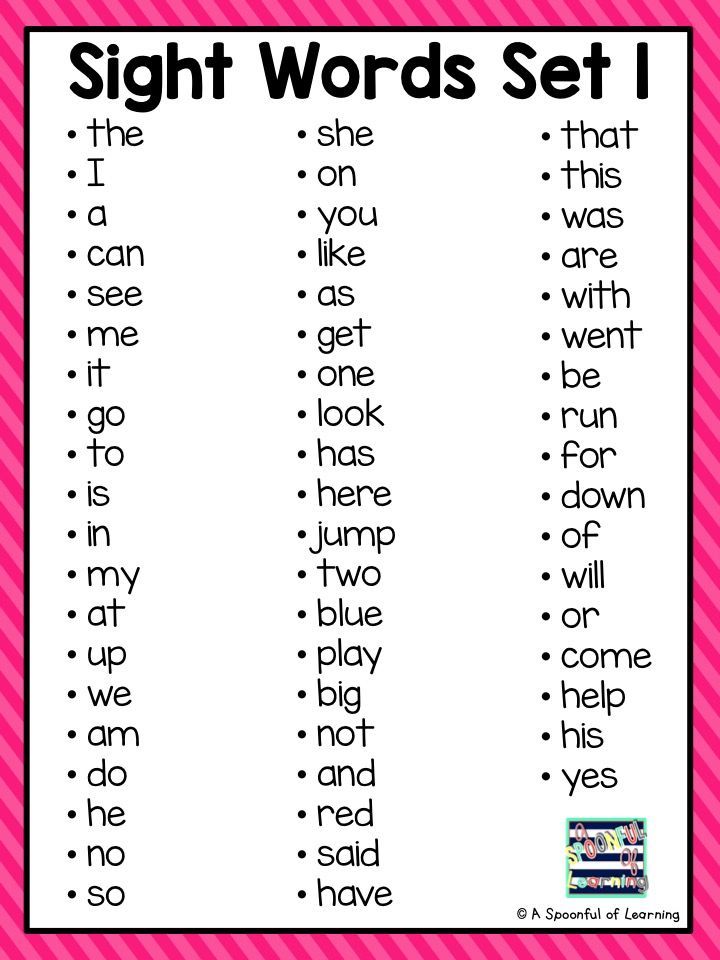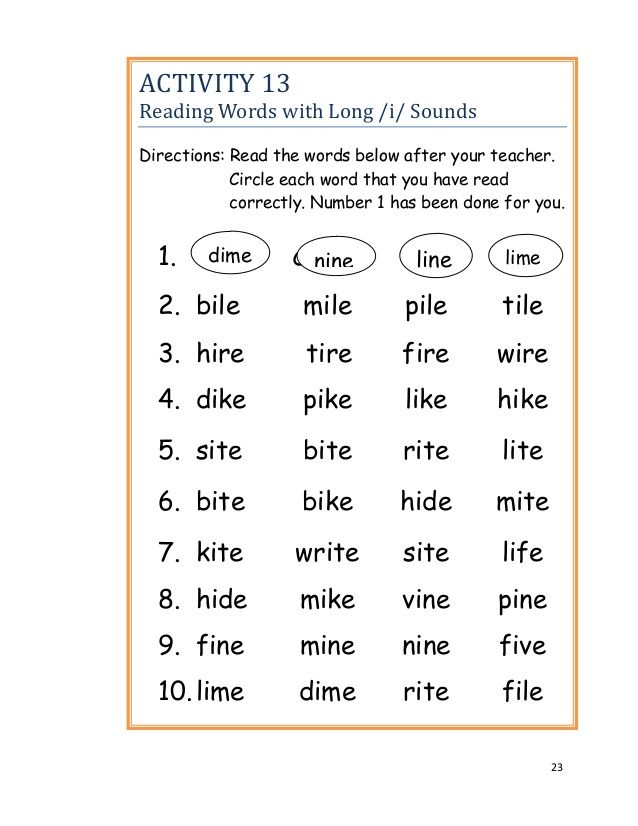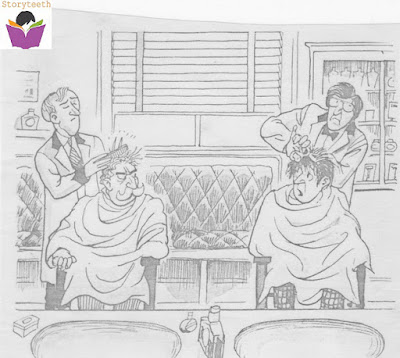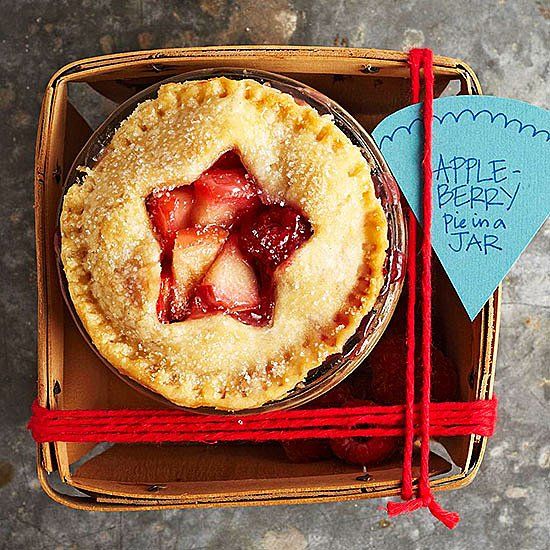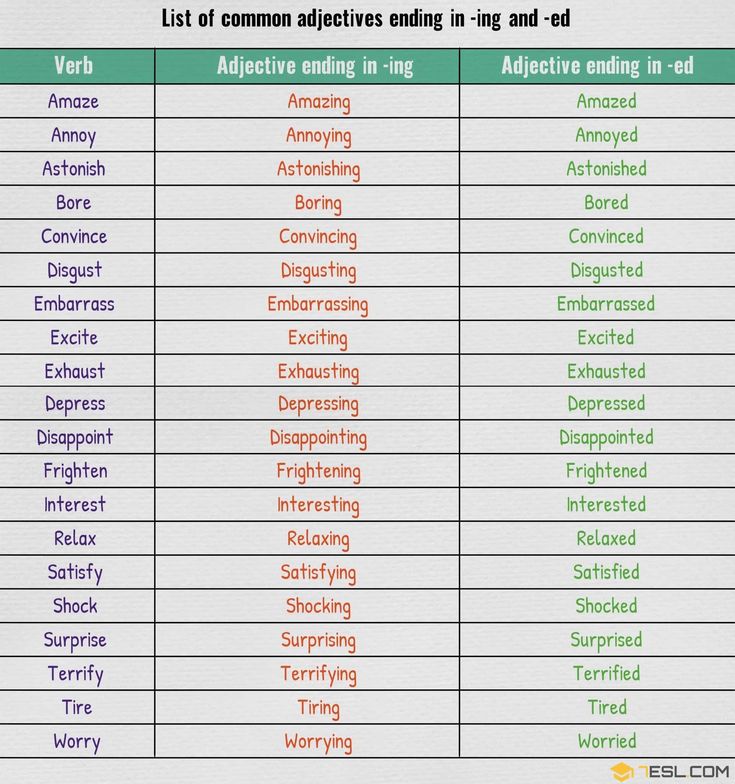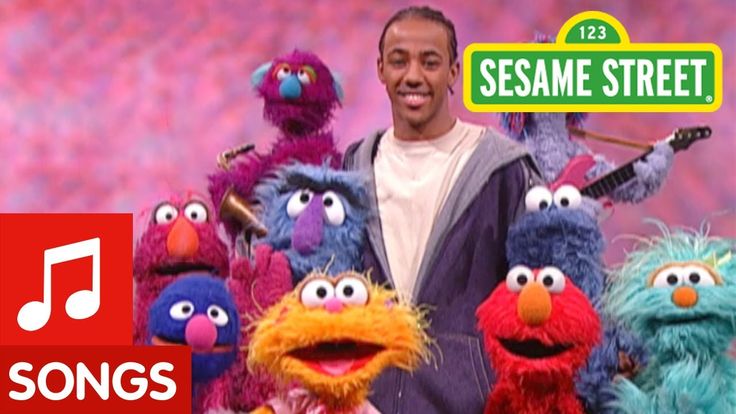Helping kids with sight words
Best Sight Word Books and Activities
You probably don’t remember learning how to read words like the, is, and am. But these so-called “sight words” that you now read every day (without even noticing!) can actually be quite challenging for children to learn. However, they're crucial to reading success.
In simple terms, sight words are commonly-used words that children are encouraged to memorize by sight, so they instantly recognize them in a text without having to take the time to sound them out. That’s especially helpful for the many sight words that don’t follow normal phonetic rules, and can’t be sounded out.
“When children can read sight words quickly, they are more fluent readers and can better comprehend a text,” says Laura Mossa, an elementary school reading specialist at Baltimore County Public Schools. She adds that one classic study found that up to 75 percent of the words used in text geared toward young readers are sight words.
Here are five ways to make learning sight words easier for your child, and tools that will help you along the way.
Tip 1: Expose your child to sight words early on.
It's never too early to start reading regularly with your child (it will boost their language development and reading skills, and doing so multiple times per day can expose them to 1 million words by kindergarten!). This is the most natural way to familiarize them with a wide range of sight words.
Also point out sight words in your environment — say, by reading signs on the road or at the grocery store out loud. This will help provide a solid foundation for when your child takes on more formal sight word learning in preschool and kindergarten.
What Will Help: For young children, simply focus on joyful read-alouds that are packed with sight words, like Oh, The Places You'll Go!
As your child enters preschool and kindergarten, this Sight Word Readers Parent Pack is a great way to supplement what they're learning in class.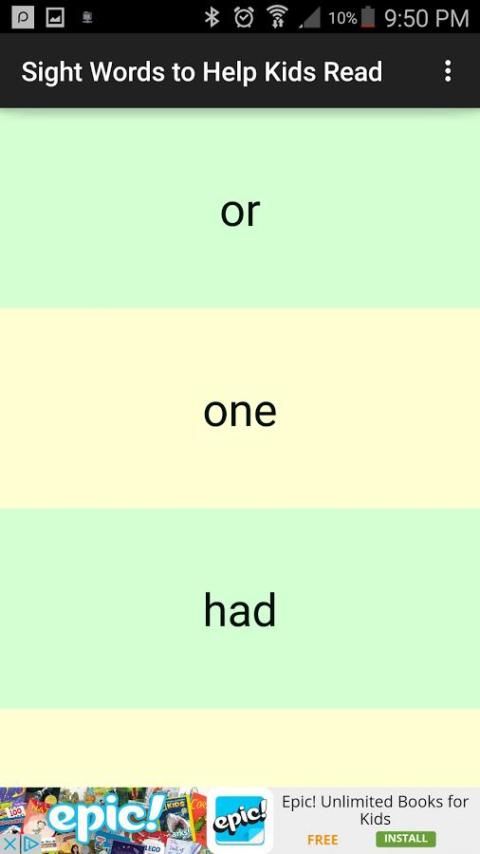 It features a mini activity book and write-and-learn pages to help your kids learn 50 high-frequency sight words!
It features a mini activity book and write-and-learn pages to help your kids learn 50 high-frequency sight words!
Tip 2: Make read-alouds more interactive.
When you read with your child, you’ll notice that many repetitive phrases contain sight words like I, a, at, am, and, it, in, is, and the. Have fun emphasizing this repetition, and encourage your child to chime in on the refrains as you point to the words along the way.
“Since sight words make up a large percentage of all text, engaging in interactive read-alouds with your child is a great way to practice them,” says Mossa. Books that show text in speech bubbles are particularly useful for this, because the text is concise and large, making it easy to point out sight words in each bubble as you read.
What Will Help: For general sight word practice, you can use this Little Skill Seekers: Sight Words workbook with your child — it includes playful illustrations and practice problems that will help your child recognize sight words to strengthen reading fluency!
Tip 3: Engage all of their senses.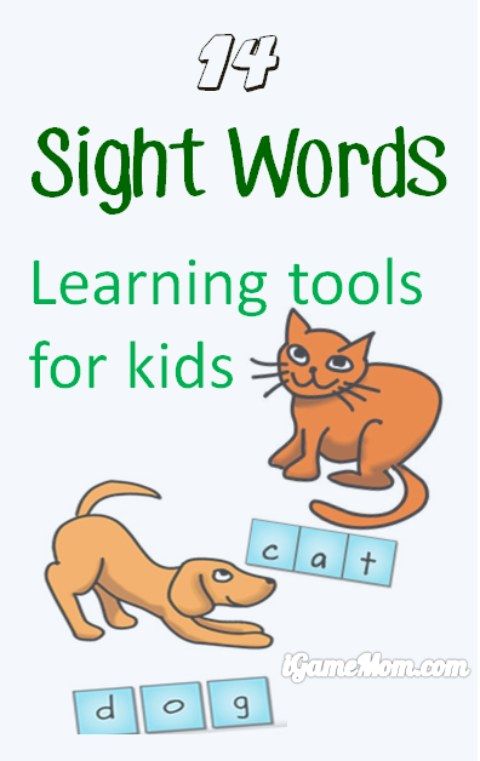
Mossa says she also uses multi-sensory activities with children, in which they fill in missing letters or rearrange letters to correctly spell a sight word, or "write" a word using their finger in the air or on a table.
“Children are more likely to retain a sight word in their long-term memory when practice includes these multi-sensory strategies,” says Mossa. She also suggests giving kids pipe cleaners or magnetic letters to build sight words.
For more practice with spelling sight words — especially those that aren’t phonetically regular — Mossa says she turns to literacy expert Jan Richardson’s sight word technique. “I introduce the sight word by writing it on a dry erase board or making it with magnetic letters,” she says. “Then I ask children to look at each letter as I slide an index card left to right across the word.”
Tip 4: Sort sight words into categories.
It can be helpful to show kids how to sort sight words into categories, such as “rule followers” and “rule breakers,” says Mossa.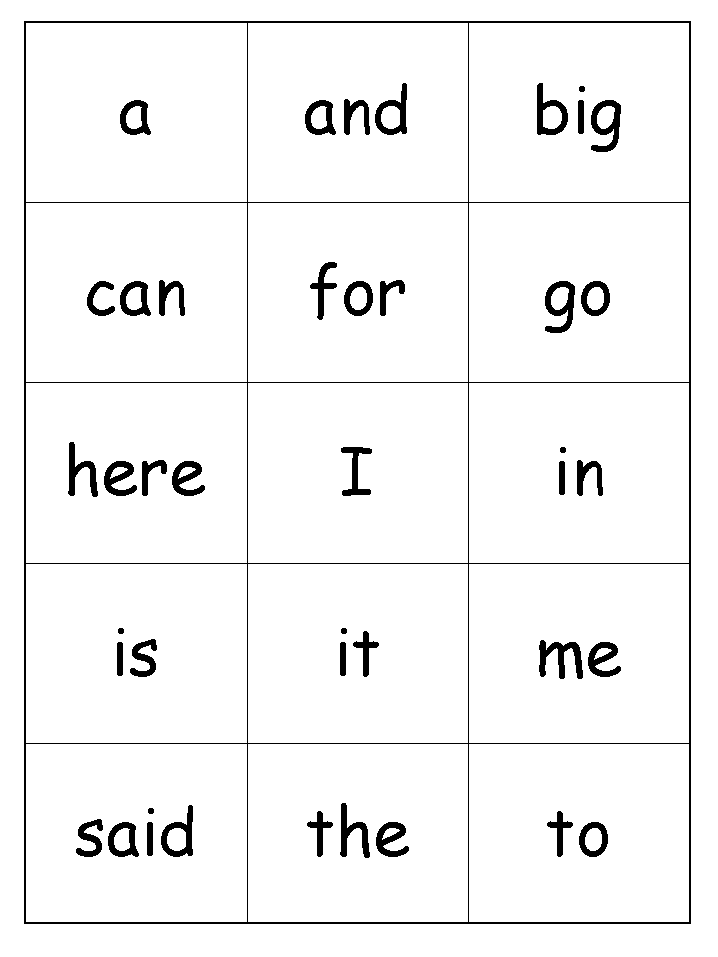 However, this should be used with more fluent readers who have already built early decoding skills and can sound out words.
However, this should be used with more fluent readers who have already built early decoding skills and can sound out words.
“For example, the sight word ‘can’ follows regular phonics patterns,” Mossa says. “In contrast, ‘said’ is not decodable. Therefore, children must learn this word as a whole unit. When I introduce a sight word, I discuss whether it can be sounded out or if it is a word that is a rule breaker.” Play a sorting game at home in which your child guesses which sight words can or cannot be sounded out.
What Will Help: Discuss the various types of sight words in this Nonfiction Sight Word Readers Parent Pack Level A and the Scholastic Success With Grades K-2: Sight Words with your child. Both of these tools will help your young reader become more familiar with key sight words and strengthen their reading skills.
Tip 5: Read and play with sight words daily.
“Children will become better at reading sight words automatically when they have daily opportunities to interact with text at home,” says Mossa.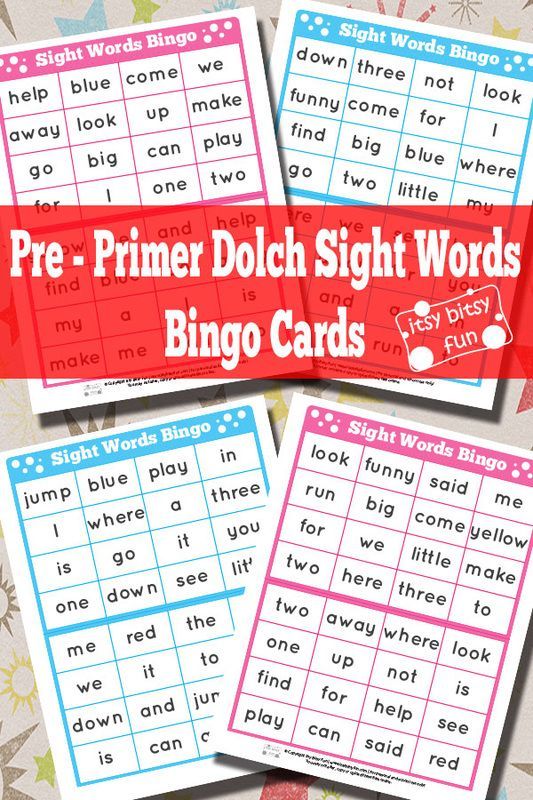 Reading daily will naturally reinforce the learning of sight words, and you can also get creative with games, art projects, and other interactive activities.
Reading daily will naturally reinforce the learning of sight words, and you can also get creative with games, art projects, and other interactive activities.
4 Ways to Help Kids Struggling with Sight Words
As parents, it’s easy to get frustrated when our kids struggle to learn to read. Simple everyday words like “it” and “the” seem so easy to us, but challenge kids as they learn to sound out phonemes on their own.
If you’ve noticed that sight words just don’t seem to “stick” for your child, it’s time to try a new strategy. Let’s take the frustration out of learning sight words for both kids and parents using the following fresh techniques.
Use Sentence Strips and FlashcardsWhile you probably already use flashcards to help your child memorize sight words, using flash cards in conjunction with sentences give kids the context they need to recognize and remember sight words.
What You’ll Need
- Colorful sentence strips
- Notecards
- A pen, or a pencil
Storytime-advertising-container
Adsense-container
What to Do
Prepare ahead of time by determining which sight words to target, and creating flashcards with those words written on the blank side of the notecards. On the sentence strips, simply create sentences that use the sight words your child will be studying. Instead of completing the sentences, leave a blank where the sight word would be. When ready to begin, present each sentence to your child, one by one.
On the sentence strips, simply create sentences that use the sight words your child will be studying. Instead of completing the sentences, leave a blank where the sight word would be. When ready to begin, present each sentence to your child, one by one.
Lay out the flash cards to give your child a word bank to select the correct sight word that would complete the sentence. Help your child to read the sentences and sight words out loud. Finally, talk your child through the process of selecting the correct sight word to complete each sentence.
Why It Works
When mere memorization doesn’t work, kids need another strategy to help with sight words. This technique allows kids to use the context of a sentence to select the correct words, giving them valuable practice using the words in a way that connects to everyday language.
Make a Sight Words JournalPerfect for artsy kids, creating a sight words journal is a fun way to practice reading, writing, and finding sight words every day!
What You’ll Need
- A journal with lines for printing
- Colored pencil, or any writing utensil.
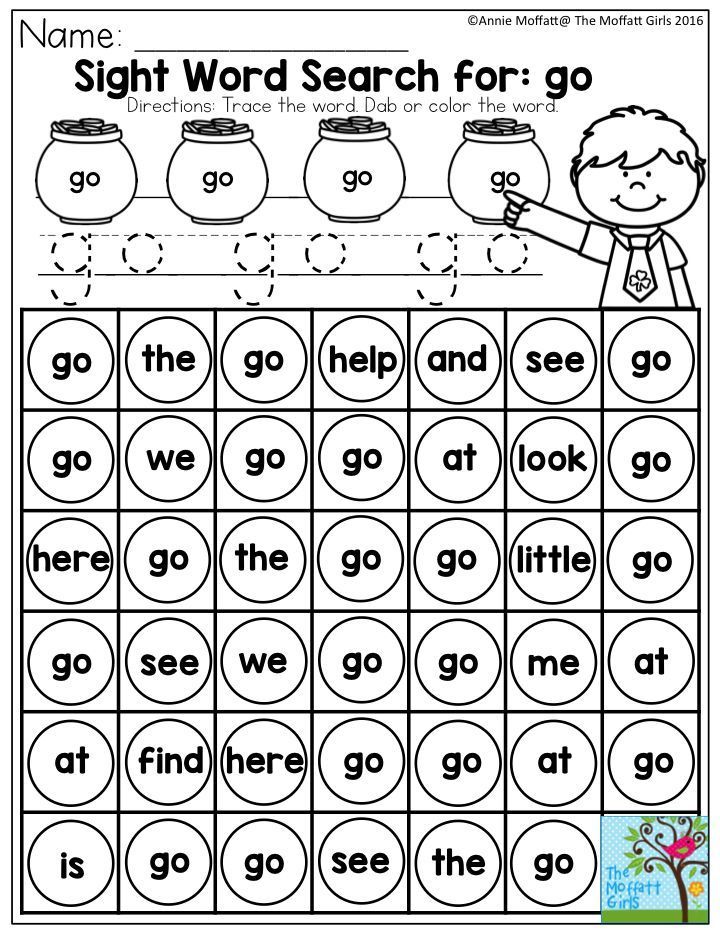
What to Do
Encourage your child to decorate their journal. Once it’s ready, consult your child’s teacher, or search the internet for sight words for beginner readers. Start out with a list for early readers that are high frequency, easy-to-identify two or three letter words. Use only three or four sight words per week, and label each week’s words clearly on the page. Show your child the list, and have him or her copy the words into the journal on one page.
Your child can feel free to decorate and color this page any way they’d like, and draw pictures, to represent the words. You can even help your child write each word in a sentence on the page. Once your child is done with the week’s words in the journal, review the sight words daily, and encourage your child to search for each word anywhere they can find it. Whether they see it on TV, on an advertisement, in a book, or anywhere else, help your child to notice that week’s words, and refer back to their journal daily!
Why It Works
Kids learn through repetition and practice.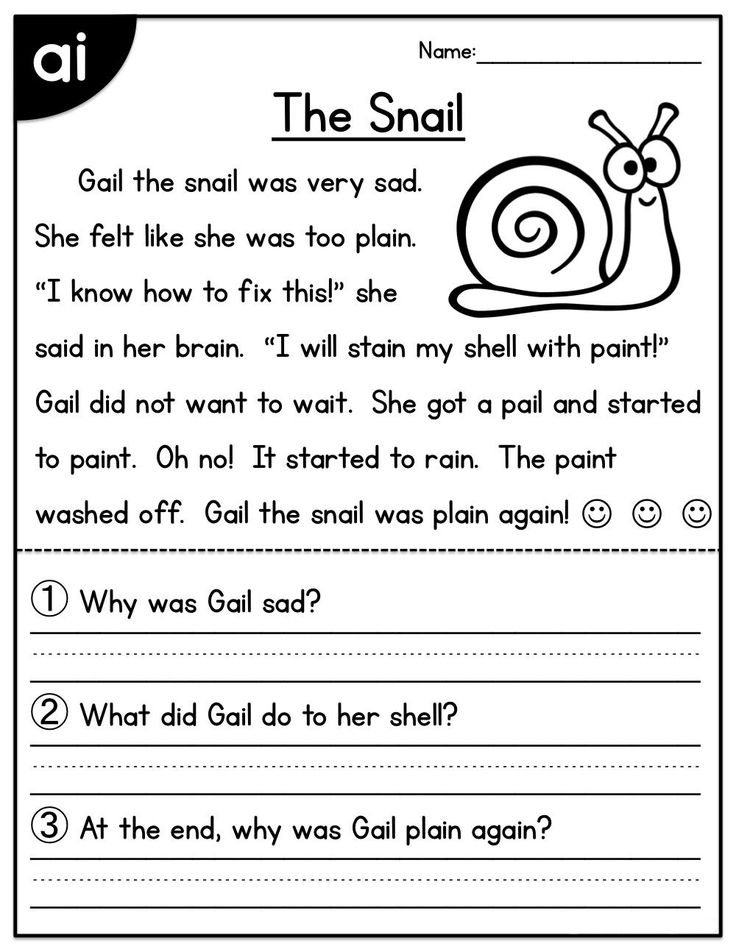 By writing out each word, kids gain confidence with reading the words they write. By decorating the journal, kids personalize their work and invest themselves in their own learning.
By writing out each word, kids gain confidence with reading the words they write. By decorating the journal, kids personalize their work and invest themselves in their own learning.
Sight words are everywhere, including your child’s favorite stories! This strategy allows your child to recognize sight words in favorite stories and passages!
What You’ll Need
- Sight words worksheets with a short story or passage
- Crayons or colored pencils for color coding words.
What to Do
First, instruct your child to make a key of colors by shading over the printed sight words in the word bank, selecting a new color for each word. After your child has shaded over each word, help your child read through the passage out loud. When your child recognizes a sight word from the word bank, he or she will shade the word right in the story.
If your child struggles, take the reading very slowly, reading one sentence at a time. Prompt your child to find words by asking, and allow for thinking time. If needed, repeat until your child locates and colors in the sight words. Proceed through the entire passage using this process until your child finds all of the words!
Why It Works
Like the above strategy, finding and shading sight words in a passage gives your child a real-world purpose to learning and recognizing words. Furthermore, your child practices finding words which are often included multiple times, repeating the same process over and over to increase exposure and practice.
Use Colored Blocks to Make it a GameIncrease the fun factor and turn learning to read into an engaging game with this interesting technique!
What You’ll Need
- Colorful wooden stacking blocks or a Jenga game
- Sentence strips and a permanent marker.
What to Do
Plan this game ahead of time by writing sight words on each of the Jenga or stacking blocks.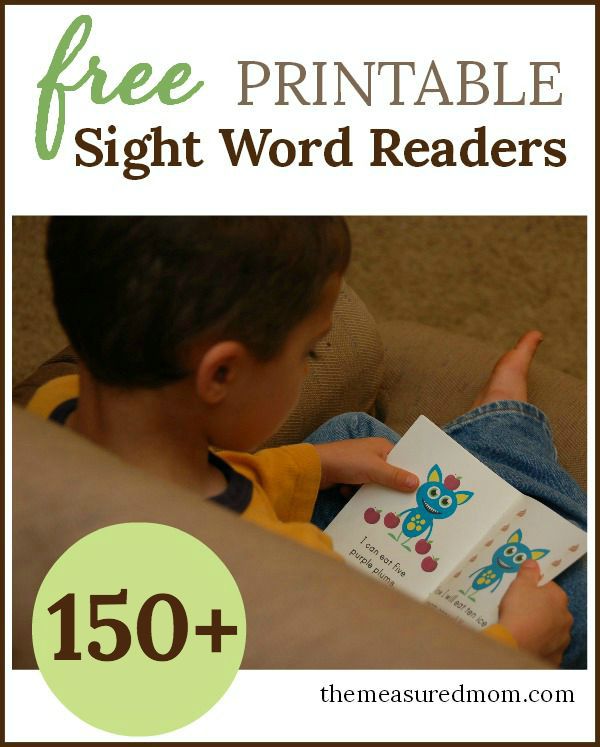 Prepare sentence strips by writing sentences using the sight words. Instead of writing the sight words in the sentences, draw line to leave a blank in the sentence where the sight word should be.
Prepare sentence strips by writing sentences using the sight words. Instead of writing the sight words in the sentences, draw line to leave a blank in the sentence where the sight word should be.
When ready to play, set up the blocks and instruct players to take a block from the tower, just like playing Jenga. Help players to read the sight words on the block, and display all of the sentence strips. Each player will match the word on the block to a sentence on the strips. Help players read through each sentence strip to determine which sentence the sight word belongs in.
Why It Works
Like the above sentence strip activity, kids gain valuable practice using context clues to recognize sight words, but in a slightly different way. This gives kids a new way to practice the same skill, offering critical repetition to maximize learning.
For extra practice no matter your child’s level, check out Kids Academy talented and gifted app, a unique educational program which offers sight word practice for every learner!
What is dyslexia and how to cope with it
Not all children can learn to read and write with the same success, and it may not be laziness or inattention at all.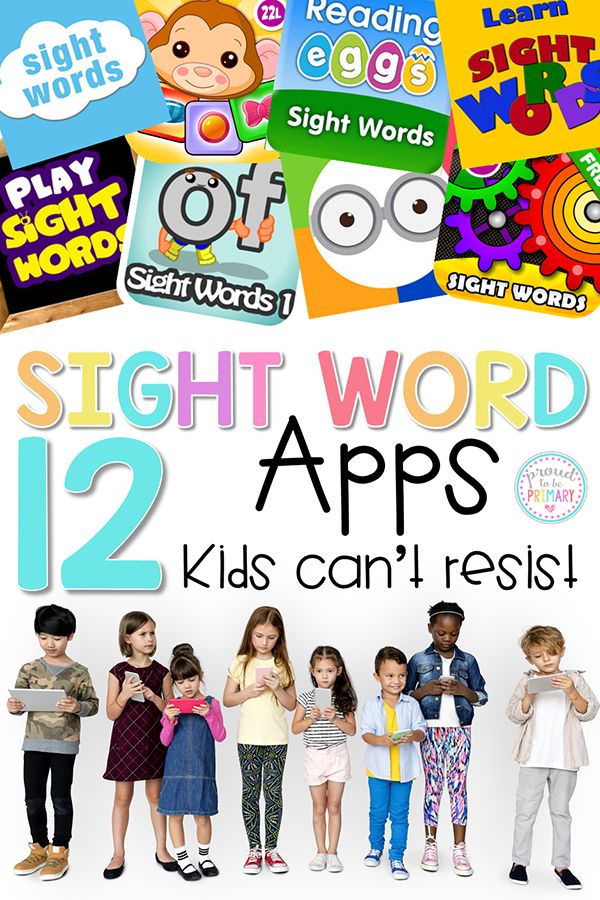 Parents of these children are increasingly hearing the word "dyslexia". This is a whole complex of problems that arise when mastering various skills: reading, mathematics, writing, orientation in space and time, coordination and motor skills. Maria Stulova, a specialist in dyslexia correction, the first Russian methodologist licensed by the international association DDAI, talks about what it is and how to help a dyslexic child.
Parents of these children are increasingly hearing the word "dyslexia". This is a whole complex of problems that arise when mastering various skills: reading, mathematics, writing, orientation in space and time, coordination and motor skills. Maria Stulova, a specialist in dyslexia correction, the first Russian methodologist licensed by the international association DDAI, talks about what it is and how to help a dyslexic child.
Maria Stulova, dyslexia correction methodologist, member of the international dyslexia association DDAI, kinesiotherapist
As a specialist with many years of experience in the field of dyslexia, methodologist and mother of a dyslexic child (my daughter is almost 20 years old), I want to share my observations, experience and knowledge.
Dyslexic children may be exceptionally gifted, but they also suffer greatly from the difficulties associated with dyslexia, from rejection of peers and, worst of all, teachers.
How to recognize dyslexia
First of all, don't look for dyslexia in a child under 8! Ridiculous errors in reading and writing, "mirror" and "jumping" letters - all this is acceptable for a child at the first stage of mastering reading and writing skills. It is worth worrying if the situation has not changed by the end of the first grade.
It is worth worrying if the situation has not changed by the end of the first grade.
What distinguishes a dyslexic child? There is a set of characteristic features that can differ and change. And this inconstancy is also a sign of dyslexia.
Common features
The dyslexic child seems to be very smart, but he reads and writes worse than his classmates. Often he is considered lazy and lagging behind both in studies and in development. Naturally, he has low self-esteem, he is very worried.
Such a child often daydreams, is easily distracted, forgets about the time, loses attention. He learns the material best through practical experience, experiments, observations and visual aids.
Reading, spelling, vision
When reading, a dyslexic complains of dizziness, nausea, or headache. And letters, numbers, words, verbal explanations confuse him.
When reading, the child thinks out the endings, does not finish the words, rereads several times, but practically does not catch the meaning.
Frequent repetitions, additions, permutations, omissions and substitutions of letters, numbers and words are noticeable.
He writes with a huge number of errors, skipping, duplicating or replacing letters. Often there are no capital letters, punctuation marks; can write several words together without making spaces.
The child feels or sees non-existent movements while reading, writing or copying.
Appears to have difficulty with vision, although testing shows normal vision.
Hearing and Speech
A dyslexic person has good hearing, is able to hear things that are elusive to others, and is easily distracted by various sounds.
He has difficulty expressing his thoughts, his speech is poor, monosyllabic; speaks with hesitations; does not complete sentences; stutters when excited; pronounces long words incorrectly; swaps phrases, words and syllables; has difficulty with sequencing.
Writing and motor skills
Dyslexic has choppy or illegible handwriting. It is difficult for him to write and rewrite texts. He holds a pencil or a pen in an unusual way.
It is difficult for him to write and rewrite texts. He holds a pencil or a pen in an unusual way.
Often confuses right and left, up and down, has poor coordination of movements, which makes team sports and ball games impossible. There is a susceptibility to motion sickness.
Mathematics and time
A dyslexic has difficulty understanding the conditions of tasks, determining and calculating time, and dealing with money. For calculations, he uses finger counting and other tricks. Knowing the answers, he cannot do calculations on paper.
Memory and cognition
A dyslexic child has an excellent long-term memory for experiences, places and faces. He is very observant and remembers in detail the events that have become his personal experience. At the same time, such a child remembers poorly the information that he did not receive in practice. He thinks more often with the help of images and sensations, rather than sounds and words.
Behavior, health, development and personality
A child with signs of dyslexia is intellectually normal.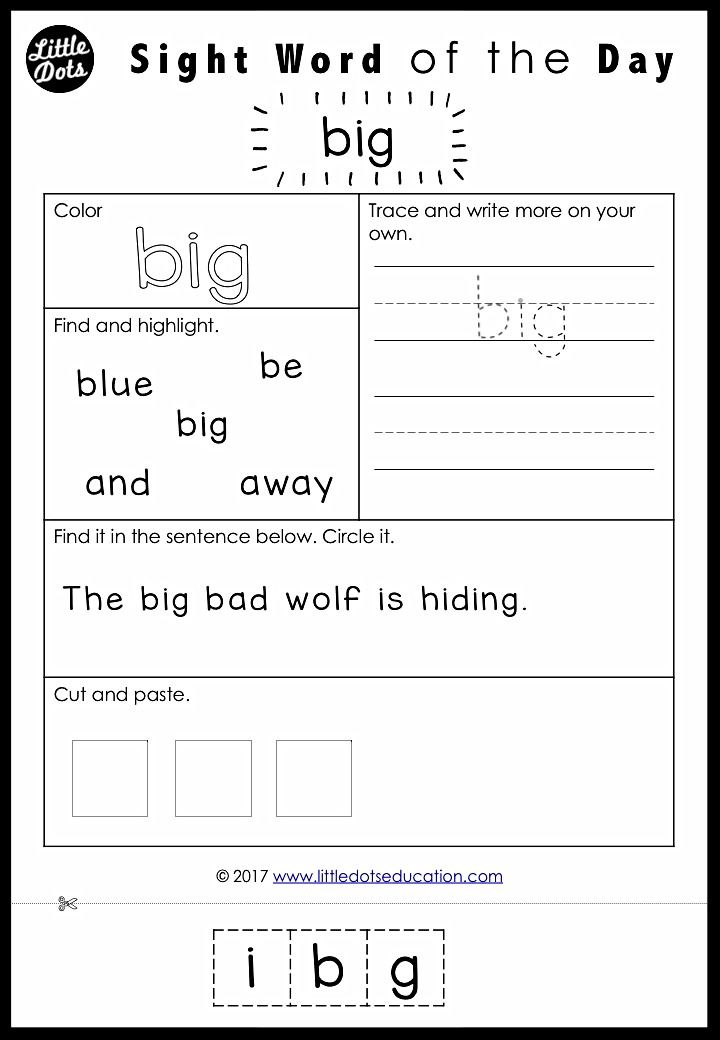 But his behavior lags behind his age. Often the emotional maturity of a 17-year-old teenager corresponds to 13 years. A dyslexic can be both extremely disorganized and very pedantic, and in the class he can play the role of a jester, a bully, or a silent person. He has a keen sense of justice and emotional sensitivity.
But his behavior lags behind his age. Often the emotional maturity of a 17-year-old teenager corresponds to 13 years. A dyslexic can be both extremely disorganized and very pedantic, and in the class he can play the role of a jester, a bully, or a silent person. He has a keen sense of justice and emotional sensitivity.
The number of errors in reading and writing and other symptoms increases sharply with difficulties, stress, as well as rush and health problems.
How to find the cause of dyslexia
There are two main approaches to identifying dyslexia.
First - pedagogical : here we see the presence of symptoms, but there are no violations of the physics of the body and psyche. This can be determined after a thorough medical examination. In this case, science is not yet able to explain the causes of dyslexia.
Dyslexia can be observed in a clinically healthy child who is cheerful, open, free to communicate, and sad and upset only when it is time to sit down for lessons.
This form lends itself well to pedagogical correction with a specialist.
Second - clinical psychological : symptoms of dyslexia appear when there are disorders that affect brain function. These can be mental disorders, neurological diseases, developmental pathologies, and so on. To find these violations, you need to contact specialists.
Dyslexia is not a disease, it does not need treatment by itself!
Neurologist
Get the maximum possible examination: encephalogram and tomography of the brain, dopplerography of blood vessels. It is important to determine whether dyslexia is a consequence of some objective causes. But it is much more important to identify or exclude serious pathologies, disorders, malfunctions in the functioning of systems that affect the functioning of the brain in time. Contact neurological diagnostic centers and institutes. If problems are identified, medical attention may be needed.
Psychologist
Any dyslexic needs the help of a psychologist.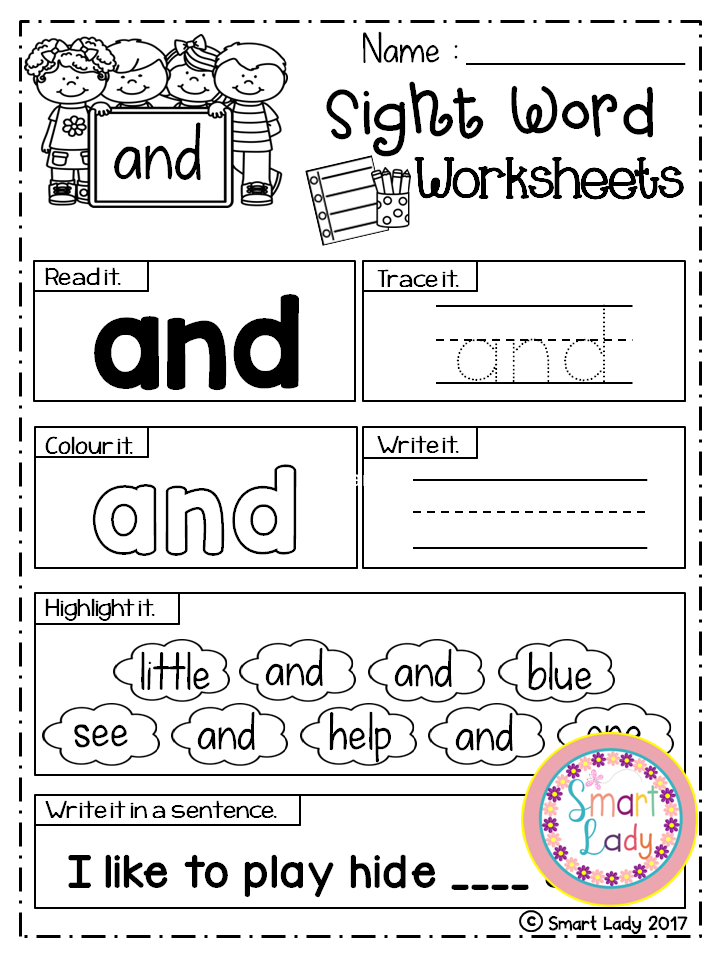 It will help you identify your child's stress level and find its causes. Dyslexics often have communication problems, difficulties with household chores: going to the store on their own, traveling by transport. Fear and misunderstanding of what is happening to them make them withdrawn and even more incomprehensible to others. And this makes their socialization even more difficult.
It will help you identify your child's stress level and find its causes. Dyslexics often have communication problems, difficulties with household chores: going to the store on their own, traveling by transport. Fear and misunderstanding of what is happening to them make them withdrawn and even more incomprehensible to others. And this makes their socialization even more difficult.
Neuropsychologist
The task of this specialist is to build new neural connections. This process takes at least 9−12 months. If you are offered two-week or three-month courses, this is unscrupulous work and pumping money.
How to deal with dyslexia
Is it possible to get rid of it? But we cannot change the perception of the world of a dyslexic and the work of his brain. If we want to deal with dyslexia, then we must dial
patience , show your attention, participation and support to a child suffering from this ailment. And dyslexia specialists will teach him the ways of mastering information that are right for him.
What is dyslexia correction
If treatment is needed for disorders that cause dyslexia, then its duration and effectiveness should be asked from doctors.
We are talking about the correction of dyslexia in cases where the child is clinically healthy. The Davis method, which is now considered the most effective tool for correcting dyslexia, is suitable here. The Davis method is an understanding of the perception and vision of the world of a dyslexic from the inside. The method itself is based on a special approach to teaching children and adults. This approach is highly effective and returns self-confidence in a very short time.
The indisputability of the methodology can also be assessed by the reaction of children who run to classes with pleasure. According to the guys themselves, they are understood here and speak the same language with them. Children step by step move forward, master the keys of the methodology and open one door after another to a new world.
Participation of parents in dyslexia correction
I consider it obligatory for parents to participate in the correction process and willingly share my knowledge with them. Correction required to build the missing connections in the brain. And for this time is needed ! The success of such work also depends on the motivation of the child, his desire to change the situation for the better, and on the degree of dyslexia itself. It can manifest itself in a mild form, or it can be such that the child cannot cope without the help of specialists and parents.
Help your child yourself
First of all, try to understand that your child has imaginative thinking. And this means that his thoughts are pictures. Nobody taught the kid to describe images, so it is difficult for him to express his thoughts in words. Words that are not associated with images are just sounds for him, from which he gets tired. That is why there is often a feeling that the child does not immediately understand everything. That is why dyslexia is a frequent companion of the diagnosis of ADD (attention deficit disorder). That is why the speech of a dyslexic child is often confused, inconsistent, monosyllabic, and it clearly feels a depleted vocabulary. Try to describe "La Gioconda" in words. Experienced confusion? The dyslexic child feels the same when he needs to communicate his thoughts.
That is why there is often a feeling that the child does not immediately understand everything. That is why dyslexia is a frequent companion of the diagnosis of ADD (attention deficit disorder). That is why the speech of a dyslexic child is often confused, inconsistent, monosyllabic, and it clearly feels a depleted vocabulary. Try to describe "La Gioconda" in words. Experienced confusion? The dyslexic child feels the same when he needs to communicate his thoughts.
Develop his speech
The first thing we need to do is start developing his speech and build up vocabulary. But your child will not understand you if you explain everything to him as you are used to - "in words". He needs pictures! You must learn to show him everything! There will be no problems with obvious things: these are objects, signs, actions. But what to do with prepositions, terms, interjections? Here you should come to the training seminar.
The dyslexic child learns and subsequently uses only what is his own life experience.
Therefore, our task is to provide this experience to him. I advise you to stock up on dictionaries: explanatory, antonyms, synonyms, proverbs and sayings. Dyslexics take everything literally, they need to be taught to understand proverbs.
The development of speech should become a way of your life! Why is it so important? Teaching a dyslexic to read is not that difficult. But he will not be able to understand the text: in his mind there are no connections between the images in his head and the words. You need to study words in different meanings. A preposition alone can have from 5 to 15 meanings. Similar difficulties can arise with mathematics and with other subjects for the same reason. Numbers, notes, punctuation marks are all the same symbols, they are abstract for a dyslexic.
Don't force reading
Until a child has been corrected for dyslexia, reading causes great difficulty. Imagine that you are reading in a moving car that is shaking a lot on the road.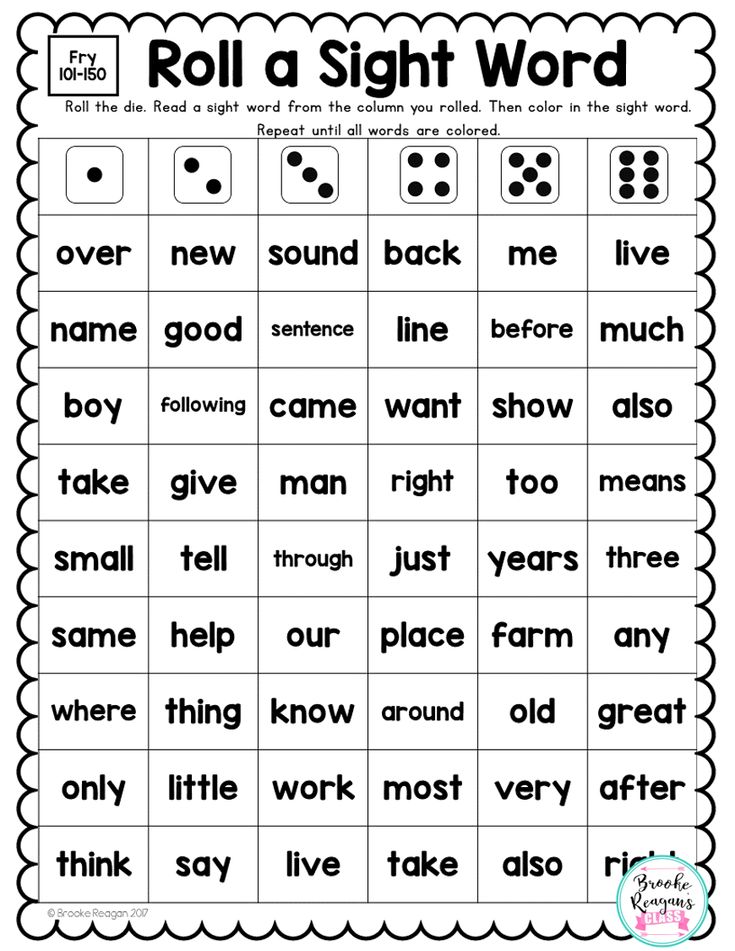 You will not read and put the book away. The same goes for a dyslexic, but we make him read! The result is tantrums, headache, nausea, tears...
You will not read and put the book away. The same goes for a dyslexic, but we make him read! The result is tantrums, headache, nausea, tears...
Read to him yourself, give more visual information: films, performances. All school anthologies exist in audio format, there are enough records of radio performances on the Internet.
Introduce to sports
Exercises for balance and coordination of movements are especially important: this is the formation of interhemispheric connections. Wushu, qigong, yoga, trampoline are suitable here. As well as breathing exercises: it allows you to achieve balance, balance the internal state!
Be sure to contact a specialist, get a diagnosis and receive recommendations regarding your child.
Read also:
Sensory perception and emotional intelligence: we know, we develop, we relax
How to raise a leader
Do I need to do lessons with my child?
Photo: Billion Photos/Emre Yen/Oksana Kuzmina/Evgenyrychko/4 PM production/Shutterstock.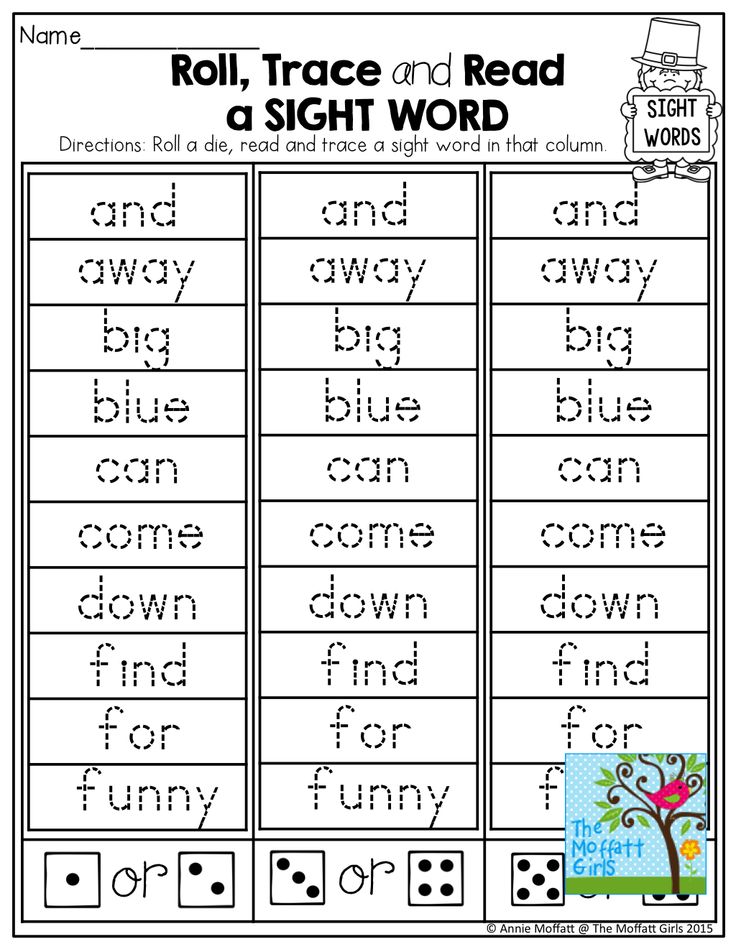 com to have a frank conversation and try to solve the problem.
com to have a frank conversation and try to solve the problem.
Alexandra Zakhvatkina Culture and education, Family and children 26.09.2018
Photo: pixabay.comBullying (from the English bullying - intimidation) is psychological or physical violence against a person. Experts are sure that school bullying is a problem for the whole class, not just one child. Bullying can be experienced by any child, regardless of appearance and personality traits. Resources are emerging where you can learn more about this problem and try to solve it. Often parents do not know how to start a conversation with a child, and what to advise him. Natalia Remish , writer and author of the project "Important things for children", tells how you can solve the problem of bullying and help your child.
How to get a child to have a dialogue
To understand what is going on in a child's school or any other group of children, it is important to allocate time for such conversations.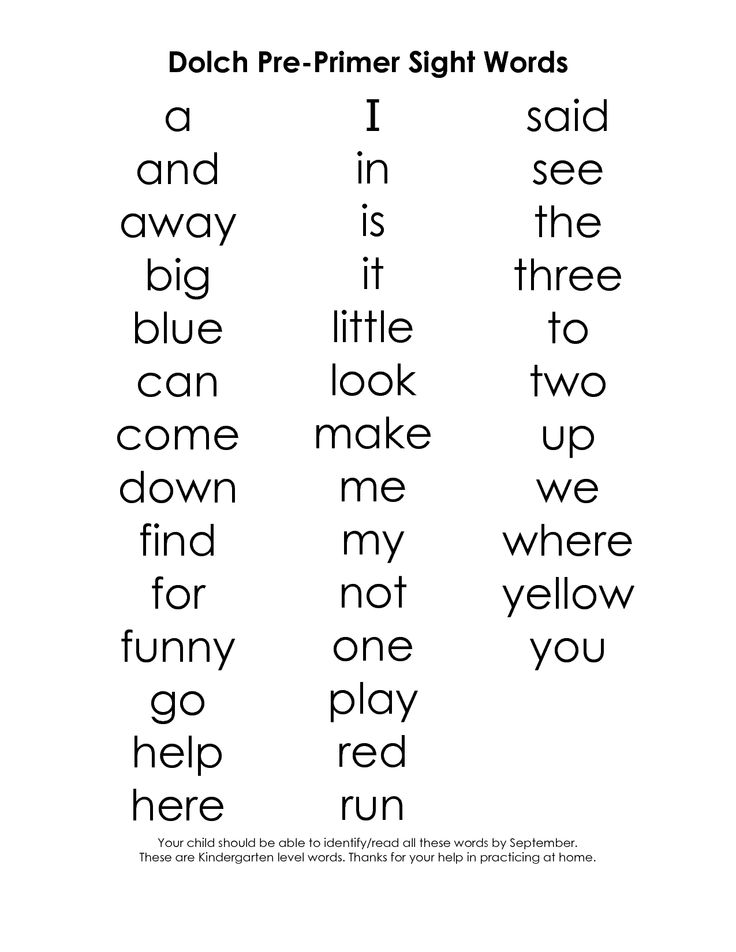 Do not suddenly fall down with the question “Who are you friends with at school?” When the child is already in the 5th grade, but regularly discuss how the day went, what was pleasant, what was not pleasant. In any relationship, trust is built incrementally. If you have contact and such conversations are part of the family culture of communication, the child himself will talk about the difficulties with classmates. If there is no such culture, start introducing it as soon as possible. It is important not to give any judgments here. Often parents consider it their duty to evaluate the information received from the child, accompanying it with instructions. This works up to a certain age, but when the child begins to feel like an adult, he stops taking lectures, answers "It's okay" and goes to his room.
Do not suddenly fall down with the question “Who are you friends with at school?” When the child is already in the 5th grade, but regularly discuss how the day went, what was pleasant, what was not pleasant. In any relationship, trust is built incrementally. If you have contact and such conversations are part of the family culture of communication, the child himself will talk about the difficulties with classmates. If there is no such culture, start introducing it as soon as possible. It is important not to give any judgments here. Often parents consider it their duty to evaluate the information received from the child, accompanying it with instructions. This works up to a certain age, but when the child begins to feel like an adult, he stops taking lectures, answers "It's okay" and goes to his room.
What's important first
It's important to talk to your child about the situation, ask them what exactly happened, and take their words seriously, making it clear that you understand their pain.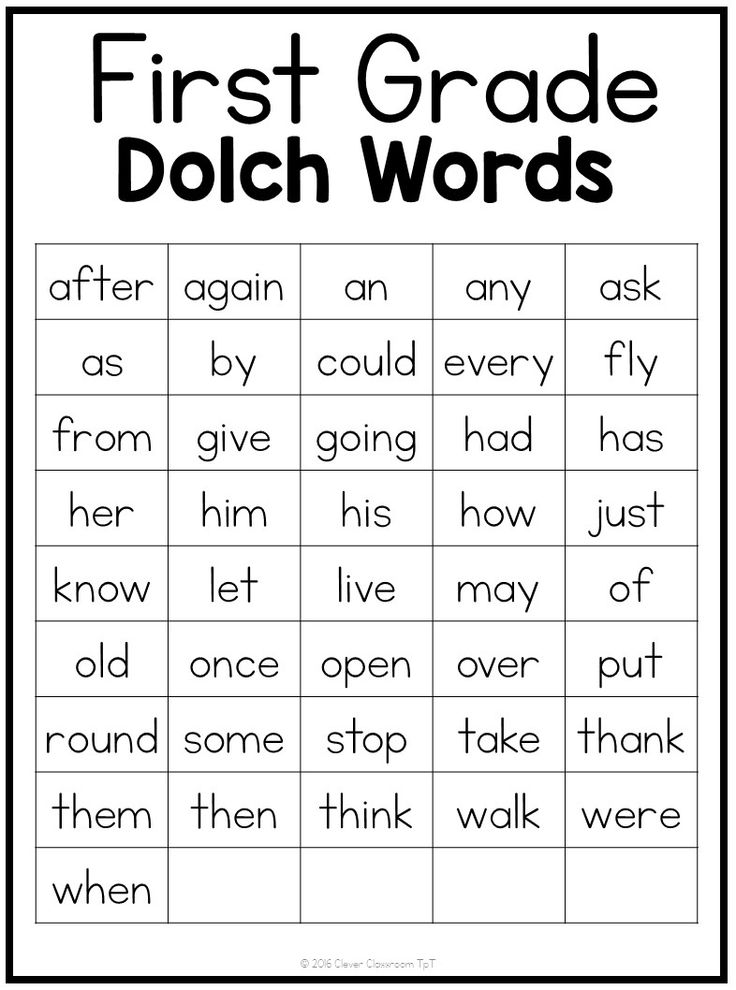 Tell your child that this is wrong and that it shouldn't be. It is important to convey to the child that psychological violence is also violence, and the wounded feelings of a small person are justified. Now it is important for him to be understood and accepted.
Tell your child that this is wrong and that it shouldn't be. It is important to convey to the child that psychological violence is also violence, and the wounded feelings of a small person are justified. Now it is important for him to be understood and accepted.
How to have a conversation
Listen carefully, do not interrupt, ask simple questions: “What happened next? What was your answer?" Most likely, you will experience the whole range of negative feelings, but it is important for the child to see that you can calmly accept this information and just as calmly begin to solve the problem. The reaction of a parent is sometimes worse than what happened. Summarize what was said, showing empathy: “You were in the hall, Vanya pushed you, Sasha too. This is very unpleasant. I can imagine how you felt." Emphasize that it’s not about him: “You understand that he didn’t do this because you run slowly, but because he most likely has some problems at home. But that doesn't give him the right to behave like that. " Offer to help your child know that you are on their side and they are protected. Discuss that you will need to speak with the teacher, with the child's permission.
" Offer to help your child know that you are on their side and they are protected. Discuss that you will need to speak with the teacher, with the child's permission.
Explain to the child that it is not about him.
Violence of one person against another happens because the first person needs to get rid of negative feelings caused by problems in his life. Emphasize that the cause of the aggressive behavior is the abuser's personal life, not your child's personality. Such a conversation returns a person's self-confidence, and this is already a serious degree of protection and prevention of possible injury from the situation.
Thank you for your frankness
This may not have been easy for the child to say. Tell him, "Thank you for trusting me, I appreciate it." Point out to the child that no one should tolerate violence, and he is not obliged to remain silent and refuse to protect adults just because the aggressor considers it cowardly. We ask for help when it’s hard for us to carry a bag or when we can’t solve a problem.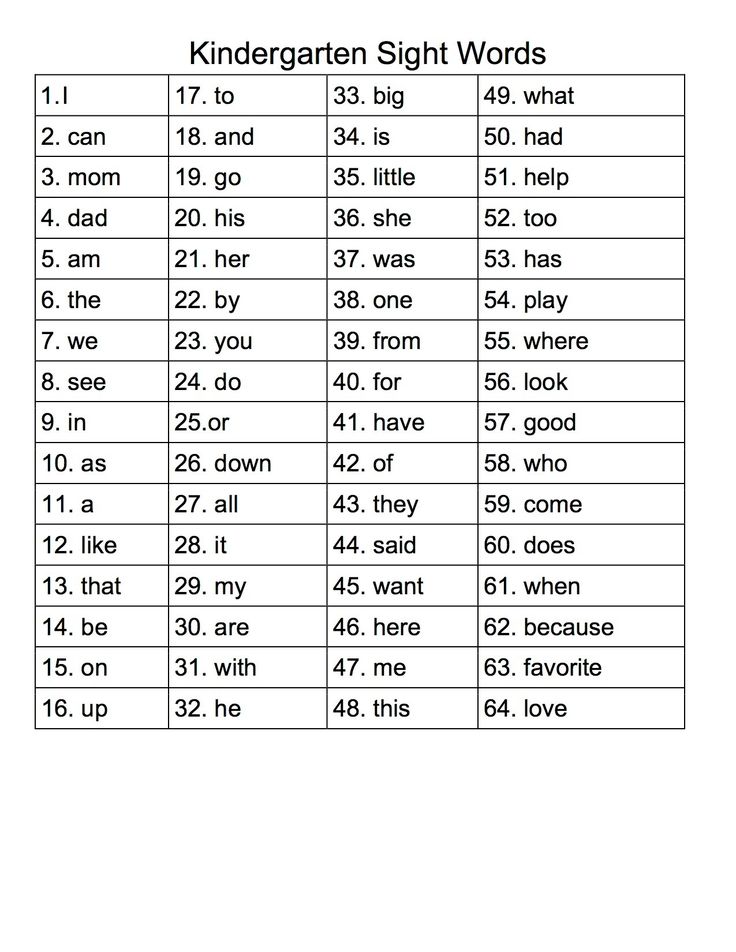 The situation with bullying is also difficult to solve alone. This is not a fair fight, but cruelty.
The situation with bullying is also difficult to solve alone. This is not a fair fight, but cruelty.
Discuss how the child should behave when he is alone
In European schools, children are taught simple steps. If something is unpleasant for them, they put their hand forward and say: “Stop, this is unpleasant for me.” It would seem that a simple phrase, but it often disarms the aggressor: he understands that his behavior does not reach the goal.
Children often try to please those who offend them, and this only provokes the aggressor. Therefore, if the bullying continues, it is recommended to physically distance yourself from the group, try to make friends and stay close to them. Gathering a team around you, you can scare off the aggressor.
Talk to the teacher
Bullying is a problem for the whole class, and the teacher is undoubtedly the main figure in the educational process. You need to calmly talk with the teacher, describe your vision from the words of the child, talk about his emotional state and ask the teacher's opinion.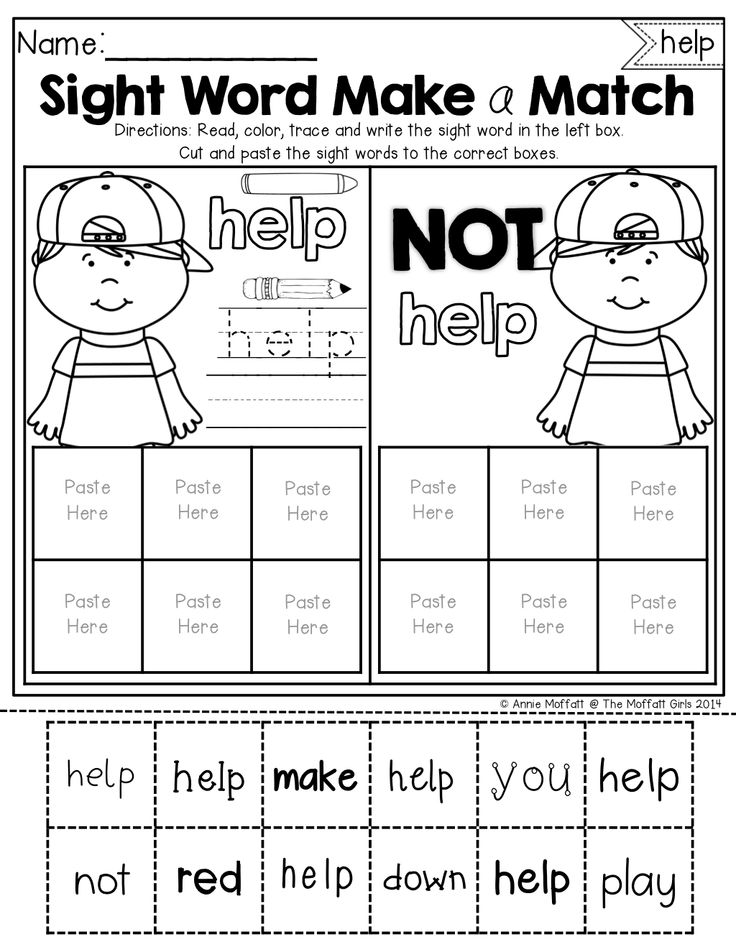 In no case should the conversation be accusatory, because aggression will cause reciprocal aggression. Agree on the next, possibly joint steps.
In no case should the conversation be accusatory, because aggression will cause reciprocal aggression. Agree on the next, possibly joint steps.
If all else fails
If the situation does not change, keep notes, take photographs of damaged property (torn backpack or notebook). If this is cyberbullying and bullying happens on the Web, take screenshots. Talk to the parents of other students - their children may also be abused. In this case, you can work together. Go to the director, submit written appeals and accept answers in the same form. The problem of bullying should be addressed by the school.
Why is it difficult for a child to tell his parents that he was a victim of bullying
Parents can agree with the offender
“I confess that they call me fat/loha/bespectacled, and my mother will again remind me that I should eat less/dress differently/not sit close to the computer.” If you regularly scold your child, he will be afraid to come to you with another problem.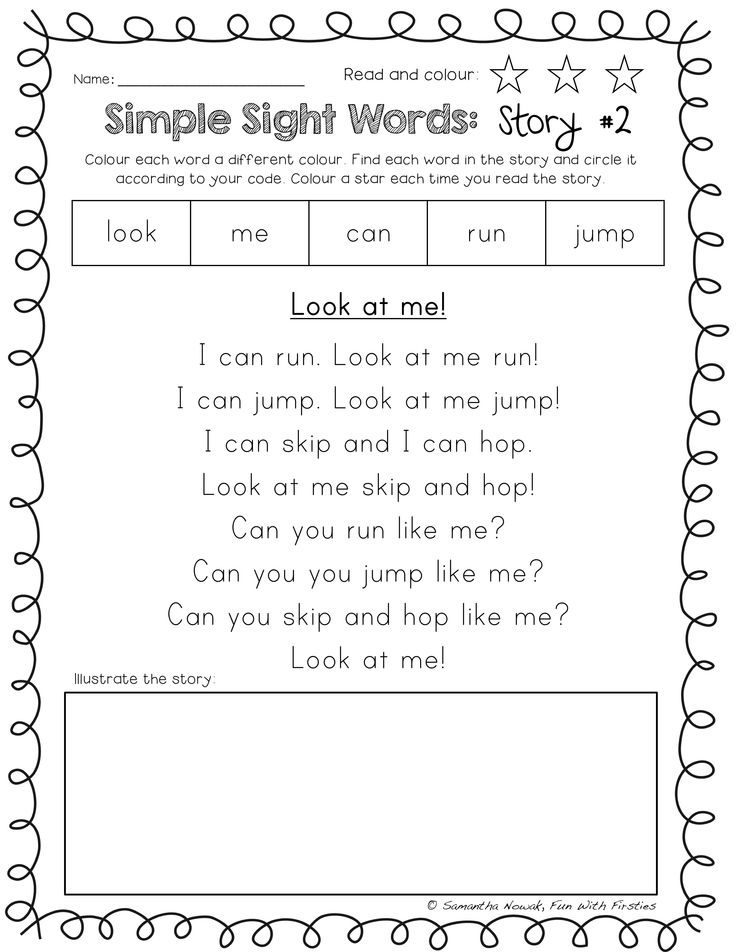 Positive reinforcement is a very important factor in a relationship. It is based on the fact that when communicating with a child, you focus not on the bad, but on the good: do not scold him for not taking out the trash, but praise him for washing the plate. After good words, you can also kindly remind: “Do not forget to throw out the garbage, please.” So the child will not be afraid to tell you that at school they point out his sore points. He won't expect the same from you.
Positive reinforcement is a very important factor in a relationship. It is based on the fact that when communicating with a child, you focus not on the bad, but on the good: do not scold him for not taking out the trash, but praise him for washing the plate. After good words, you can also kindly remind: “Do not forget to throw out the garbage, please.” So the child will not be afraid to tell you that at school they point out his sore points. He won't expect the same from you.
Can be blamed for insolvency
“I will tell, and my mom and dad will call me a weakling, a coward, they will say that I cannot fight back.” It is painful and scary to receive another reproach when you feel so bad already. Bullying is always the majority against the minority, so the child really cannot stand up for himself. If parents expect violence from him, the fear of going back to school will be added to the fear of returning home: the child will think that he could not live up to the expectations placed on him. The message “give back” is an incitement to aggression, and any aggression causes a response. Of course, there is a chance that by hitting the enemy or calling him another cruel word, the child will stop this aggression, but this is most likely a temporary phenomenon.
The message “give back” is an incitement to aggression, and any aggression causes a response. Of course, there is a chance that by hitting the enemy or calling him another cruel word, the child will stop this aggression, but this is most likely a temporary phenomenon.
They will devalue feelings
Parents do not know how to react to the child's pain, and therefore they often devalue it. It seems that by saying: "They are fools, do not pay attention," we will reduce the degree of tragedy. This is similar to a situation in which a small child falls, and the parents reassure him with the words: “Well, nothing happened. You didn't hit at all." In fact, the situation is reversed: the child feels bad, and in this way we tell him that his feelings are not significant.
Fear that parents will go investigate
The child is afraid that parental interference will lead to more shame and bullying. He will not talk about his sore points if he does not count on your understanding. He should have experience of positive conversations on topics that are difficult for him, so that he is not afraid to come to you with the topic of bullying. In most cases, you need to calmly accept his problems, listen to them and not press with moralizing. This is the only way to build trust.
He should have experience of positive conversations on topics that are difficult for him, so that he is not afraid to come to you with the topic of bullying. In most cases, you need to calmly accept his problems, listen to them and not press with moralizing. This is the only way to build trust.
“Important things for children” is a non-commercial project created by a group of psychologists. As conceived by the authors, the project should become a pocket guide for every family: to teach parents how to talk to children on complex topics and make communication more sincere and open. Many issues are covered in the book by Natalia Remish “For children about the important. About Dima and others.
Dear readers, colleagues, friends of ASI.
Your support is very important to us. Together we can make the news better and more interesting.
Contribute
Recommended
Projects against bullying developed in Krasnoyarsk
Assistance can be obtained not only by victims, but also by their relatives, educators, specialists from crisis services and other organizations interested in receiving training on the topic of bullying.